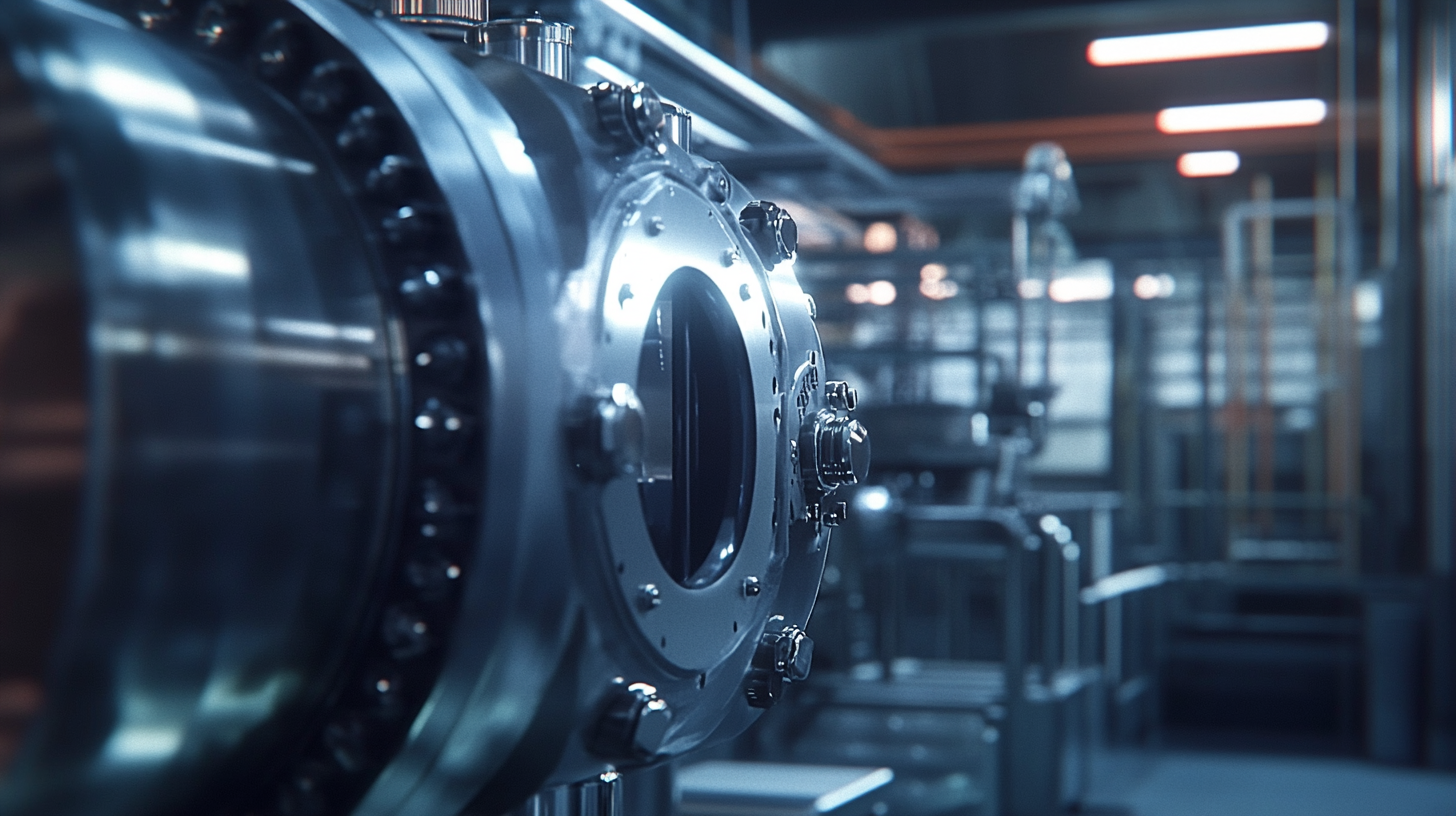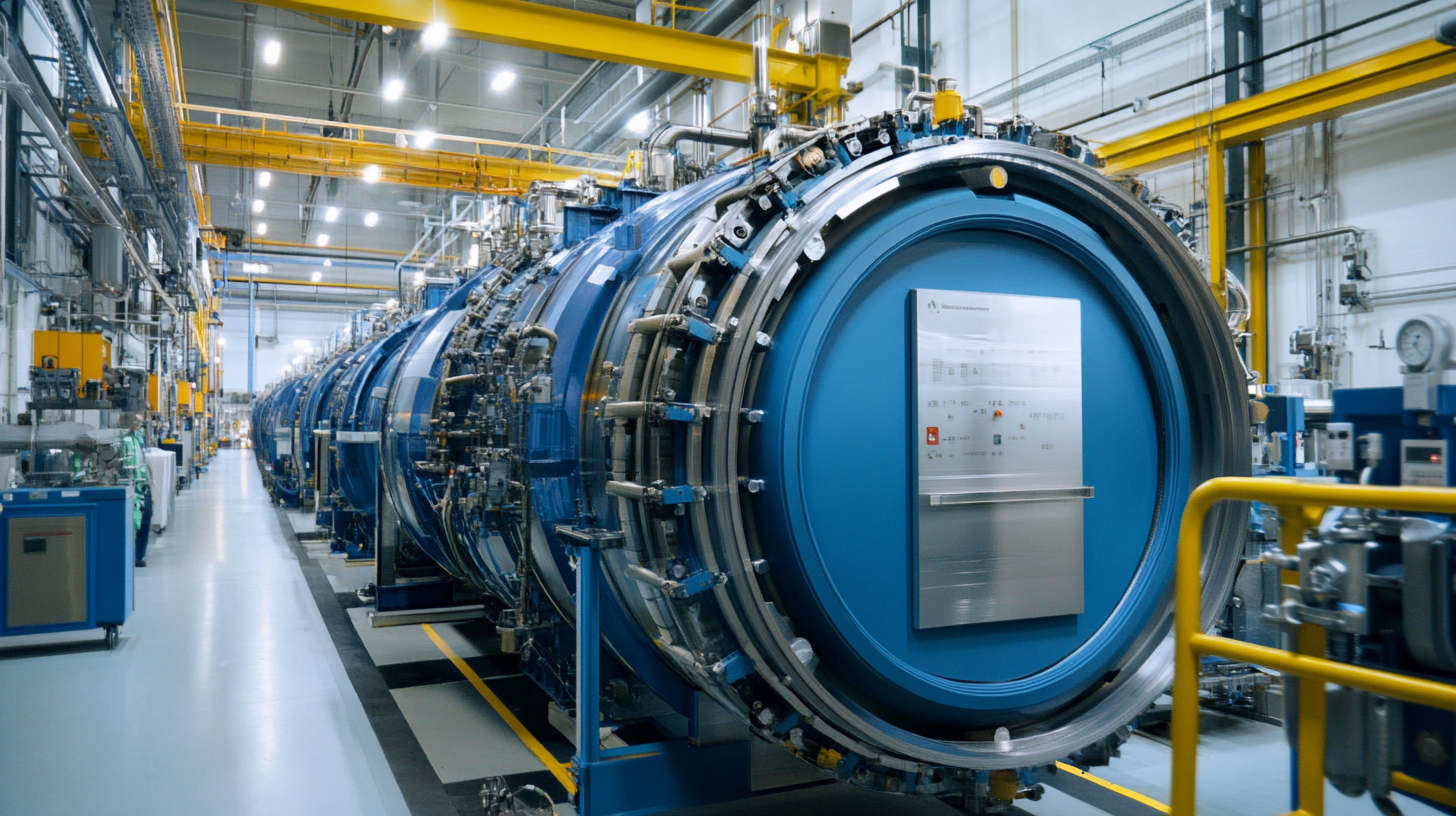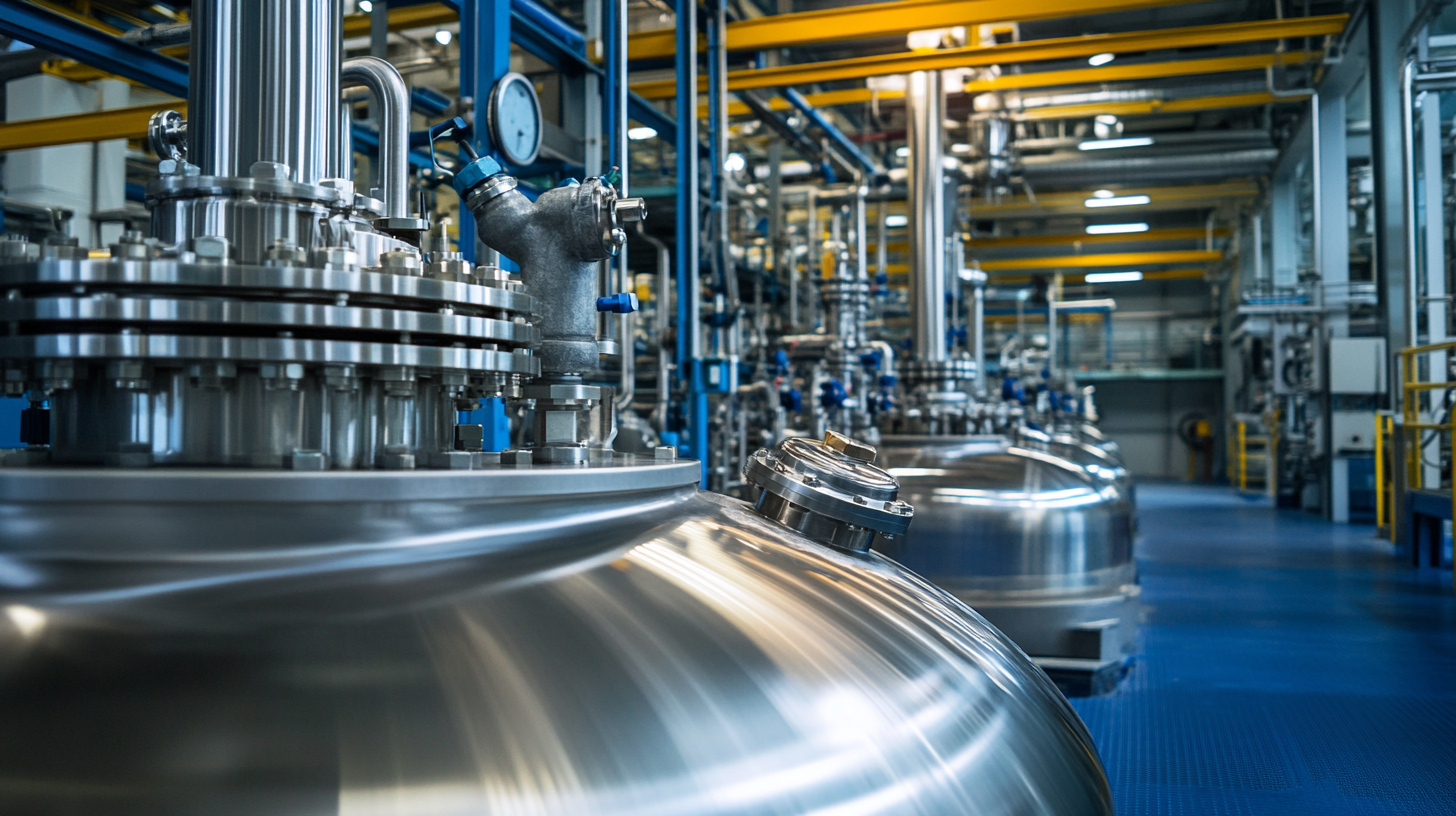Complete Guide to Understanding the Hot Isostatic Pressing Process for Global Manufacturers
The Hot Isostatic Pressing Process (HIP) has emerged as a pivotal manufacturing technique in industries seeking to enhance the mechanical properties and performance of materials. With its ability to reduce porosity and increase density in various metal and ceramic parts, HIP has been adopted by global manufacturers striving to meet the demands of advanced applications, particularly in aerospace, automotive, and medical sectors. According to a report by MarketsandMarkets, the HIP market is projected to reach USD 2.6 billion by 2025, growing at a CAGR of 6.5%. This growth reflects the industry's recognition of HIP's capability to optimize material performance and fabrication processes.
As the demand for high-performance components continues to rise, understanding the intricacies of the Hot Isostatic Pressing Process becomes essential for manufacturers aiming to remain competitive. Industry advancements have demonstrated that HIP not only improves the mechanical integrity of parts but also enables the production of complex geometries that were previously unattainable with traditional methods. A recent study from Grand View Research indicates that the aerospace sector alone accounted for over 30% of the HIP market share in 2022, underscoring the critical role of this technology in achieving lighter and stronger parts for aircraft. Thus, this guide will provide a comprehensive overview of the HIP process, exploring its benefits, applications, and future trends in manufacturing.

Overview of Hot Isostatic Pressing: Principles and Benefits
Hot Isostatic Pressing (HIP) is a manufacturing process widely adopted in various industries for producing high-performance materials with enhanced mechanical properties. This method utilizes elevated temperature and pressure to eliminate porosity in metal parts, resulting in improved density and integrity. According to a report by Smithers Pira, the global market for HIP technology is anticipated to grow at a compound annual growth rate (CAGR) of 8.5%, reflecting the increasing demand for advanced manufacturing solutions. The core principle of HIP involves subjecting a component to inert gas pressure, typically argon, alongside heat, which allows the solid materials to deform and flow. This process not only enhances the mechanical strength of the material but also influences its microstructure favorably. Research from the American Society of Materials indicates that components treated with HIP can exhibit a 30% increase in fatigue life and a reduction in the likelihood of crack formation compared to conventionally manufactured parts. The benefits of HIP extend beyond mechanical enhancements; they also include improved dimensional accuracy and reduced machining costs. A case study published by the National Institute of Standards and Technology (NIST) demonstrates that manufacturers employing HIP techniques can achieve up to a 50% reduction in post-processing time, leading to significant cost savings. As global manufacturing continues to seek innovative solutions, understanding the principles and benefits of Hot Isostatic Pressing becomes essential for optimizing production processes and meeting stringent quality standards.

The Role of Materials in Hot Isostatic Pressing: What Works Best
Hot Isostatic Pressing (HIP) is a critical manufacturing process that enhances material properties through the application of high pressure and temperature. One of the key factors that influence the effectiveness of HIP is the choice of materials. Understanding which materials work best in this process can significantly impact the performance characteristics of the final products, especially in industries that demand high reliability and durability.
Materials that exhibit good ductility and high melting points tend to perform exceptionally well during the HIP process. Metals such as titanium, nickel, and cobalt-based alloys are often preferred due to their ability to maintain structural integrity under extreme conditions. These materials benefit from the uniform stress distribution and elevated temperatures in the HIP chamber, which facilitate the removal of any internal porosity and enhance mechanical properties like tensile strength and fatigue resistance.
Additionally, ceramics and composite materials are gaining traction in HIP applications. These materials can often be densified more effectively than traditional metals, resulting in improved hardness and wear resistance. However, careful selection is necessary, as the properties of these materials can vary significantly. Understanding the specific interactions between the materials and the HIP environment is crucial to optimizing the process and achieving desired performance outcomes. Therefore, manufacturers must conduct thorough research and testing to determine the ideal material combinations for their specific applications in Hot Isostatic Pressing.

Step-by-Step Guide to the Hot Isostatic Pressing Process
Hot Isostatic Pressing (HIP) is a crucial process for manufacturers seeking to enhance the properties of materials, especially metals and ceramics. This step-by-step guide will illuminate the HIP process and its benefits for global manufacturing.
The process begins with the careful preparation of the component to be treated. The part is typically encased in a suitable container, which can be metal or glass, and then placed in a high-pressure chamber. According to a study by the International Journal of Metalworking, HIP can eliminate porosity in materials by up to 99%. This is particularly significant in aerospace and medical industries, where material integrity is critical. By subjecting the component to both high temperature and pressure, it undergoes densification, resulting in improved mechanical properties and fatigue resistance.
Following the initial chamber treatment, the process involves cooling and depressurization. Using state-of-the-art technology, manufacturers can control the parameters to achieve the desired characteristics in the finished product. Market research by Mordor Intelligence indicates that the global HIP equipment market is expected to grow at a CAGR of over 5% through 2025, driven by advancements in technology and a rising demand for high-performance materials.
Finally, post-HIP processes may include machining or surface treatment, adding further value to the treated components. The adoption of HIP enhances not only the performance of the products but also contributes to sustainability efforts by minimizing waste and improving material utilization, making it an essential consideration for manufacturers striving for excellence in their production processes.

Common Applications of Hot Isostatic Pressing in Various Industries
The Hot Isostatic Pressing (HIP) process has gained significant traction across various industries, driven by its ability to enhance material properties and ensure structural integrity. According to market research, the global isostatic pressing market was valued at approximately USD 7.5 billion in 2023, with forecasts indicating a robust growth rate of 7.3% CAGR from 2024 to 2030. This growth is largely attributed to the increasing demand for high-performance materials in sectors such as aerospace, automotive, and energy.
Industries are leveraging HIP technology to optimize manufacturing processes and improve product quality. For instance, in the production of solid-state batteries, HIP is highlighted as a critical platform that enables the efficient processing of promising solid electrolyte materials. This method enhances density and performance, making it an indispensable technique for manufacturers looking to advance battery technology.
Moreover, the shift towards sustainable manufacturing practices has also propelled the adoption of HIP. Companies are increasingly adopting this process to produce lighter and stronger components, helping to reduce energy consumption and increase the efficiency of end products. As industries continue to embrace modernization, the relevance of Hot Isostatic Pressing becomes even more pronounced, presenting myriad applications that enhance productivity and innovation in manufacturing.
Challenges and Solutions in Implementing Hot Isostatic Pressing Technology
Hot Isostatic Pressing (HIP) technology presents several challenges for global manufacturers, particularly in terms of equipment costs and processing times. One of the primary obstacles is the significant investment required for specialized HIP machinery, which can deter smaller manufacturers from adopting this technology. Additionally, the operational complexities involved in maintaining optimal temperature and pressure conditions for different materials add another layer of difficulty.
To address these challenges, manufacturers can consider collaborating with HIP service providers who already possess the necessary equipment and expertise. This approach can help mitigate upfront costs while allowing companies to experiment with HIP processing on various materials without committing to large capital expenditures. Furthermore, developing training programs for staff could enhance understanding of the technology, ensuring that personnel are equipped to handle the intricacies of the process effectively.
Another solution lies in the innovation of more versatile and cost-effective HIP systems. Ongoing research and development can lead to advancements in machinery that lower energy consumption and streamline operation cycles, ultimately making HIP more accessible. By focusing on these improvements, the manufacturing sector can better leverage the benefits of Hot Isostatic Pressing, such as enhanced material properties and reduced production defects, while overcoming the current implementation challenges.
